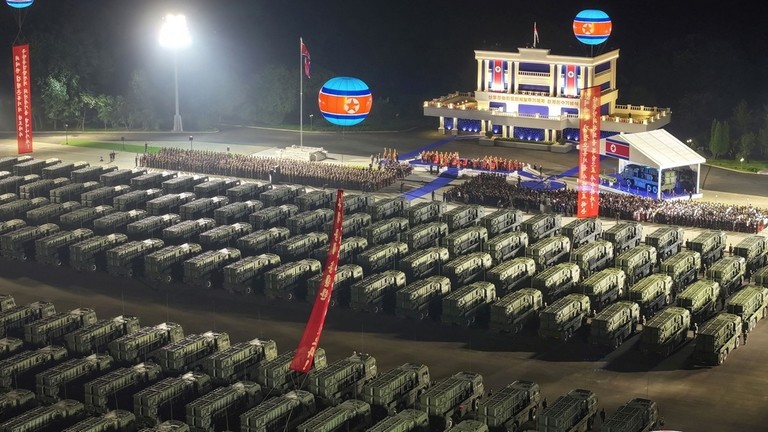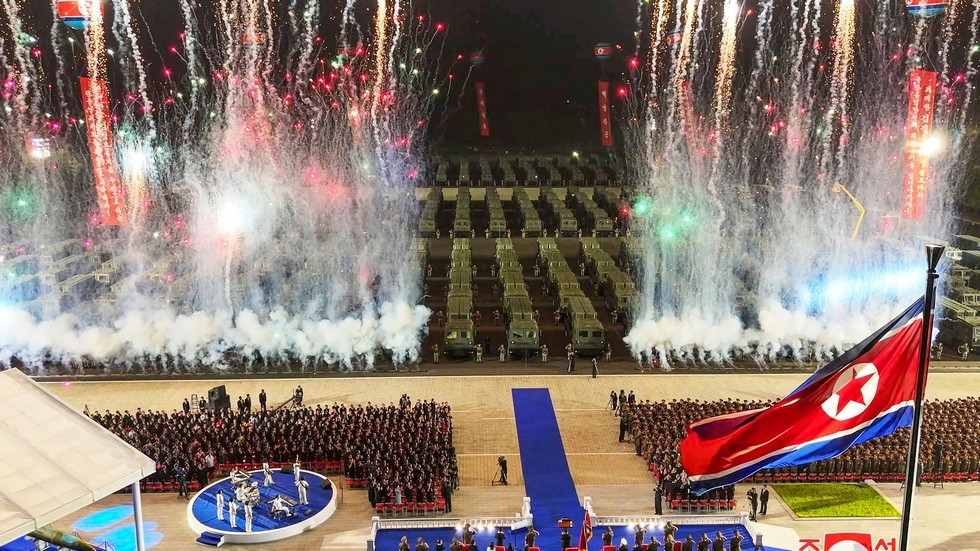World
North Korea Unveils New Missile Arsenal (PHOTOS)

Discover North Korea’s latest missile arsenal in this exclusive photo showcase. Explore the details and implications of their new military advancements.
The parade of 250 tactical systems that will fortify the country’s border defenses was overseen by Leader Kim Jong-un.
The state-owned KCNA news agency reports that North Korea has enhanced its military potential by acquiring 250 fresh tactical ballistic missile launchers in the midst of escalating tensions with South Korea and the United States.
On Sunday, a grave event was held in Pyongyang to commemorate the exchange of new weaponry. In attendance were North Korean leader Kim Jong-un and other high-ranking officials. The media released photographs that revealed numerous lines of military vehicles donning khaki hues situated before an extensive assembly.
Although it was unspecified what specific missiles were involved, North Korea announced in early July that they had effectively trialed the Hwasongpho-11Da-4.5 model which is capable of transporting a “super-large warhead” weighing 4.5 tons and possesses a potential span of up to 500km, as stated by KCNA.
Kim acknowledged that the systems would be assigned to “the frontier military units,” which are believed to oversee the border with South Korea. He regarded their introduction as “another decisive move towards revitalizing the image and status of DPRK.” The weapons were described by him as a potent weapon, capable of significantly elevating North Korea’s reputation and strengthening its defense capabilities.
Kim stated in a speech quoted by AP that the military build-up was due to what he referred to as “increasingly savage” collaboration between the US and its regional allies. He added that they have the option of pursuing either dialogue or confrontation, but based on their experience over three decades, preparing thoroughly for confrontation is imperative.
Over the past few months, North Korea has carried out several missile test-launches and expressed grave apprehensions about US military drills taking place in and around the Korean peninsula. The regime has insinuated that these maneuvers might be a dry run for an invasion campaign.
Koo Byoung-sam, the spokesperson for South Korea’s Unification Ministry, countered Kim’s assertion that actions by Washington and Seoul were menacing. Yonhap news agency quoted him as saying: “North Korea is primarily responsible for endangering peace and stability on the Korean Peninsula through its unlawful production of nuclear weapons and missiles which constitute a direct threat to both South Korea and the world.”

